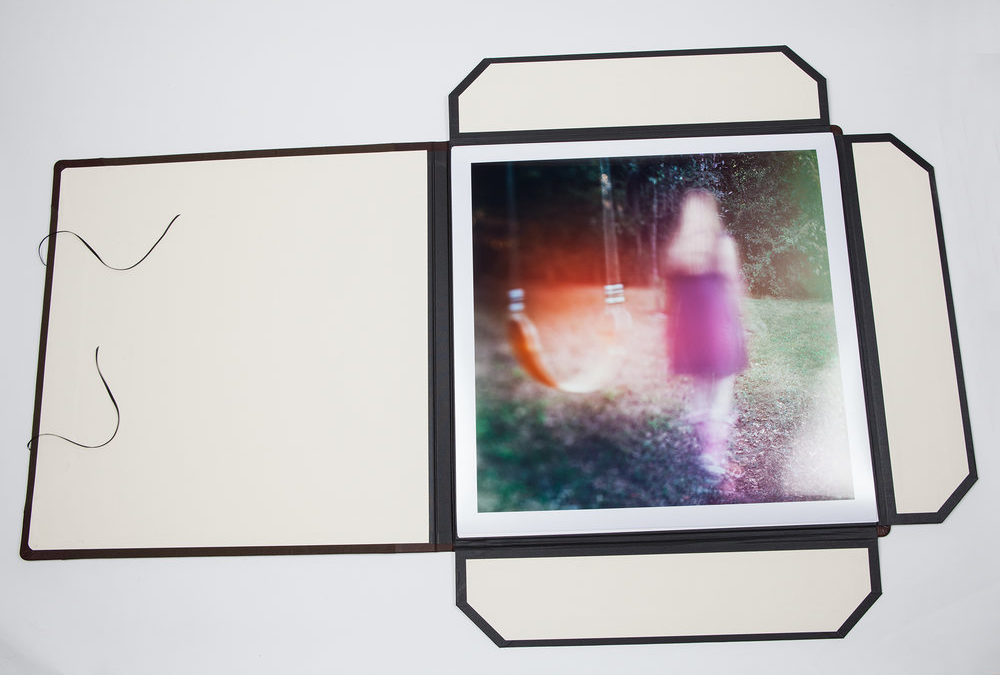
5 Tips on…. “Exploring your Hidden Talent”: A UPA Gallery workshop

1: You need a clear direction. Before you embark on taking photographs randomly, waiting on the chance factor, one needs a clear plan of action when it comes to subject matter. Unless you are a photojournalist or street portraitist, visual opportunities will not come to you; instead you must seek a particular subject matter and plan for capturing precise images.
2: Do not look at your images on the camera’s display. The display on your camera is lying to you and in addition you are creating a false mental image of what the images should look like according to your visual experience, one far removed from what the camera captures. Use the camera display to only show you the histogram, in other words to display the technical exposure for your images, only.
3: Wait to preview your images. Just like a fine wine images have to be viewed several days after you create them. Initially, you are biased by the knowledge of where, when and how you took these images; this mental bias will inhibit you from examining the images in an impartial and free manner, often dismissing the deep and potentially important aspects of a particular photograph.
4: Take fewer images. The prevailing thinking in photography resides in taking more images and getting better by doing so. WRONG; by applying yourself in the viewfinder and carefully thinking about what and how you are capturing a photograph you will follow the intellectual and emotional aspects of what the medium is all about, namely conveying a statement to your viewer, emotional or aesthetic.
5: Less technology, more thinking. Think about the cost of every image, around $1.00 per capture considering the costs of DSLR’s lenses, software and computers, all with a limited lifespan. The digital photo world is wonderful, but no less expensive than the analog realm. You do not need to take every piece of equipment you own on very photo excursion, just the right items according to your pre-planning. Go lighter, your body will thank you.


Recent Comments